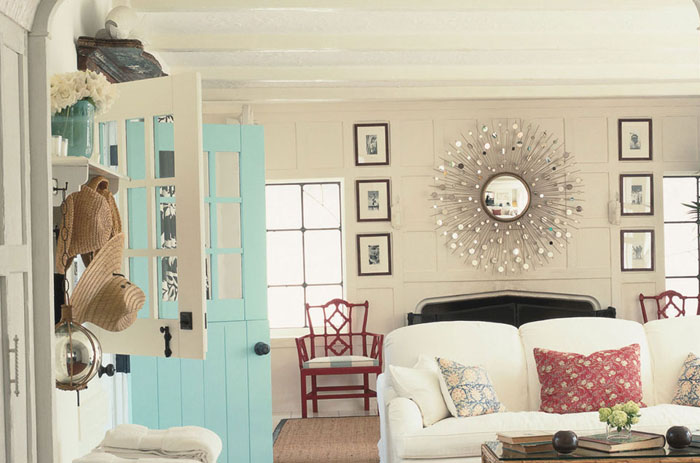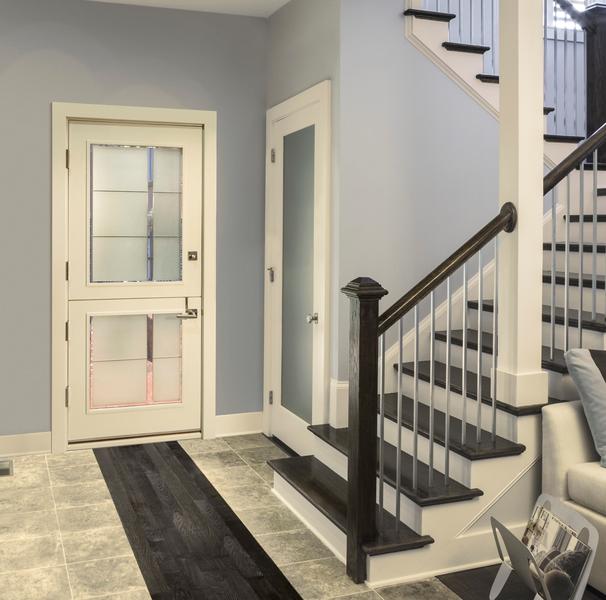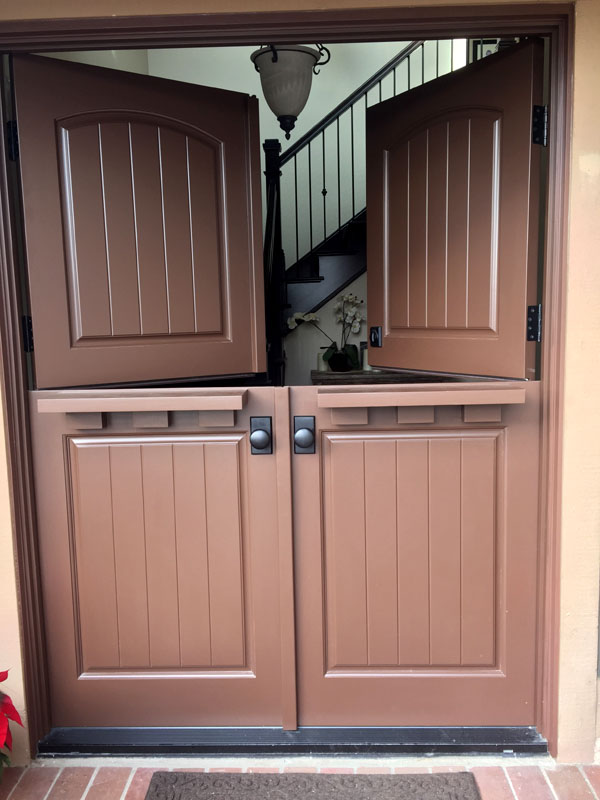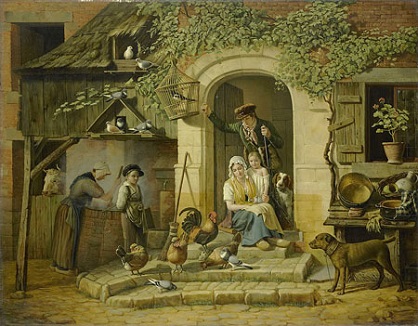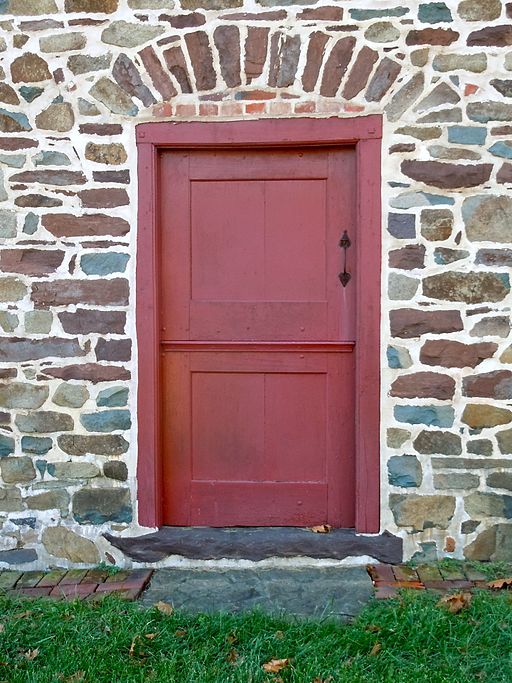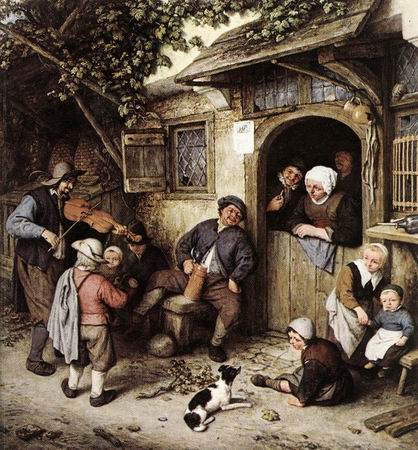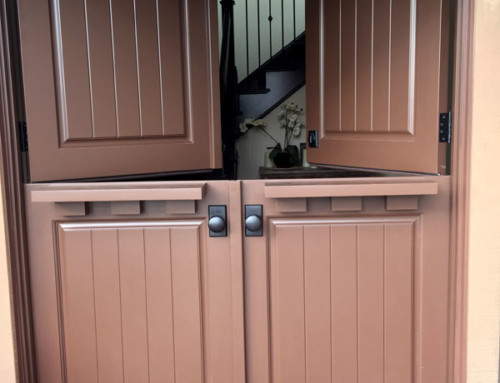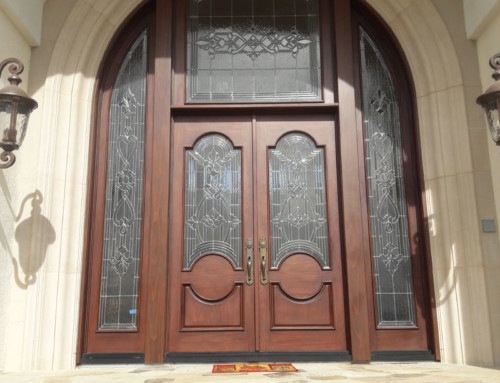Trending again! Every time I see one… I want one (Dutch Door) and after doing some research I understand why people put them in their homes. Ever enchanting the Dutch doors have a separate top and bottom which open and close independently or as one when latched together. Allowing more air and light into your home when you want while preventing anyone or anything from entering from the outside easily is just one advantage. They are not common additions to a home, but they are functional and add a charming element to your home. When you see the advantages and uses of these unique doors it is easy to understand why they are becoming popular again.
Trending now you can choose from luxurious front entry doors in Mahogany, Walnut, Oak, Juniper, Cherry, Alder or multi-wood options. Choose from a multitude of panel designs, decorative accents, and finishes including unique paint colors to make the new doors distinctively yours.
These unique doors have a horizontal divider. You can open just the top, the bottom, or both doors. They are useful for entryways, nurseries, workshops, offices, kitchens, and other areas where you want to limit walk-in or walkout access.
A bit of History of Dutch Doors
The Dutch Door has been in use since the 17th century. This door design is found in homes around the world and popular in some areas for centuries. However, this door has a special relationship with early American colonial homes where it was a necessary element in the design.
In the American colonies, this unique architectural element became popular in New Jersey and New York… where the Dutch originally settled before the English took over the area. This area’s colonial architecture still shows signs of the strong Dutch influence.
Dutch Doors possibly first created in Holland were quite common in the Netherlands as seen in several Dutch paintings of the 17th century. However, the popularity of the door in America was unrivaled. This door solved many common issues in colonial life. There were few ways for a person to allow fresh air into their home or kitchen area while keeping critters out. This was before Hannah Harger invented the screen door around 1887.
At that time, America was mainly a rural population, with most people residing on farms. Many farms and farmhouses had animals milling around the outside of the house. Before the invention of barbed wire to keep them at bay, an open door would give these animals access to the house.
Hunter’s Dwelling, Oil, Dated 1826 by Henri Voordecke. A family in front of the door of the house. Mother, child, a young man in hunting clothes, and a young maid pumping water at the well while the doves and chickens amble on the stairs and a dog on a chain.
Old Colonial Home with a Dutch Door. The Henry Antes House built in 1736 is a National Historic Landmark located on Colonial Road, Pottstown, Montgomery County, Pennsylvania. Photo credits: Wikipedia
Innkeeper leaning on Dutch Door watching the musicians. Artist – Adriaen van Ostade (Dutch Golden Age Painter). Titled “Le menetrier” 1673. Oil. Mauritshuis, the Hague, Netherlands.
Advantages
The unique design and creation of the Dutch Doors kept unwanted animals out, along with mice and other pests, while allowing in the fresh air. It also kept children in the house. They also allowed the homeowner to accept deliveries and carry on conversations with visitors without letting people inside their homes.
Read our other post about double dutch doors and unique entry and interior door options. See the custom designed double dutch doors we installed in a home in Yorba Linda, California for some ideas of what you can do with a wide entryway. Double doors are a great way to bring in fresh air, sunshine, and still keep the bottom half of your door closed. They work well for the exterior as well as the interior of your home as you will see in our next article on unique dutch doors.

